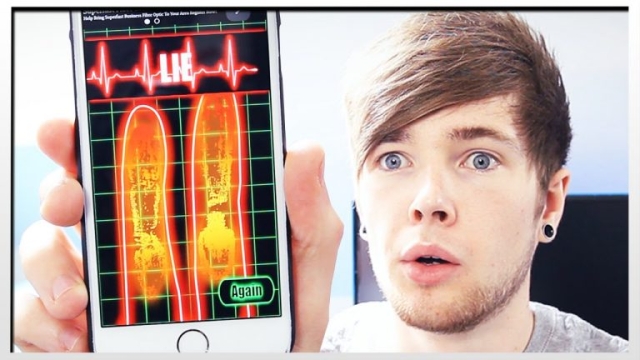
In a world where uncovering the truth can make all the difference, lie detector tests stand as a beacon of reliability and scrutiny. These tests, also known as polygraphs, have long been a tool used by law enforcement, in the workplace, and even in personal matters to ascertain the honesty of individuals under scrutiny. The very mention of a lie detector test can evoke a sense of unease in those with guilty consciences, while providing a sense of relief to those eager to prove their innocence. Whether regarded with skepticism or embraced as a valuable tool, the power of lie detector tests in unmasking the truth is undeniable.
History of Lie Detector Tests
Lie detector tests, also known as polygraph tests, have a history that dates back to the early 20th century. The first rudimentary lie detector was created by William Marston, a psychologist, who believed that changes in a person’s blood pressure could indicate deception. This laid the foundation for the development of modern polygraph tests.
John Augustus Larson, a police officer, further advanced the technology by incorporating measurements of heart rate and respiration in the early 1920s. His work led to the creation of the modern polygraph machine, which is now widely used in various fields such as law enforcement, employment screenings, and national security.
Over the years, lie detector tests have generated controversy and debate regarding their accuracy and reliability. Despite criticisms, particularly regarding their validity as a sole determinant of truth, polygraph tests continue to be used as investigative tools in many legal and employment settings. The technology behind lie detector tests continues to evolve, with ongoing efforts to improve precision and reduce the margin of error.
How Lie Detector Tests Work
Lie detector tests, also known as polygraph tests, are based on the idea that when someone is being deceptive, their body reacts in specific ways that can be measured. These tests typically monitor physiological responses such as heart rate, blood pressure, respiration, and skin conductivity to determine if a person is telling the truth or not.
The process begins with a baseline assessment to establish the individual’s normal physiological responses while answering control questions. The test then involves asking a series of relevant questions that are of interest to the examiner. Throughout the questioning process, the polygraph machine records any deviations from the established baseline, indicating potential deception.
Lie detector test
Although lie detector tests are widely used in various fields, their accuracy and reliability have been a topic of debate among experts. Critics argue that factors such as anxiety, stress, or even the individual’s belief in the accuracy of the test can influence the results, leading to potential inaccuracies. Despite this, polygraph tests continue to be utilized in certain situations as a tool to aid in investigations and decision-making processes.
Controversies Surrounding Lie Detector Tests
Lie detector tests have long been a topic of debate and scrutiny in the scientific community. Critics argue that these tests are not foolproof and can be influenced by various factors, such as the individual’s emotional state or the skills of the examiner. This has raised concerns about the reliability and accuracy of lie detector tests in determining whether someone is telling the truth.
Another point of contention is the ethical implications of using lie detector tests, especially in legal settings. Critics argue that relying on such tests as a determining factor in matters of justice can be dangerous, as they may not always provide accurate results. This has led to a debate about the admissibility of lie detector test results in court and whether they should be considered a reliable form of evidence.
Furthermore, some experts question the scientific validity of lie detector tests, arguing that the underlying principles behind these tests may not be as sound as they are presented. The reliance on physiological responses, such as heart rate and sweating, to determine deception has raised doubts about the effectiveness of lie detector tests in accurately detecting lies. This ongoing controversy highlights the need for further research and discussion on the role and limitations of lie detector tests in various fields.


